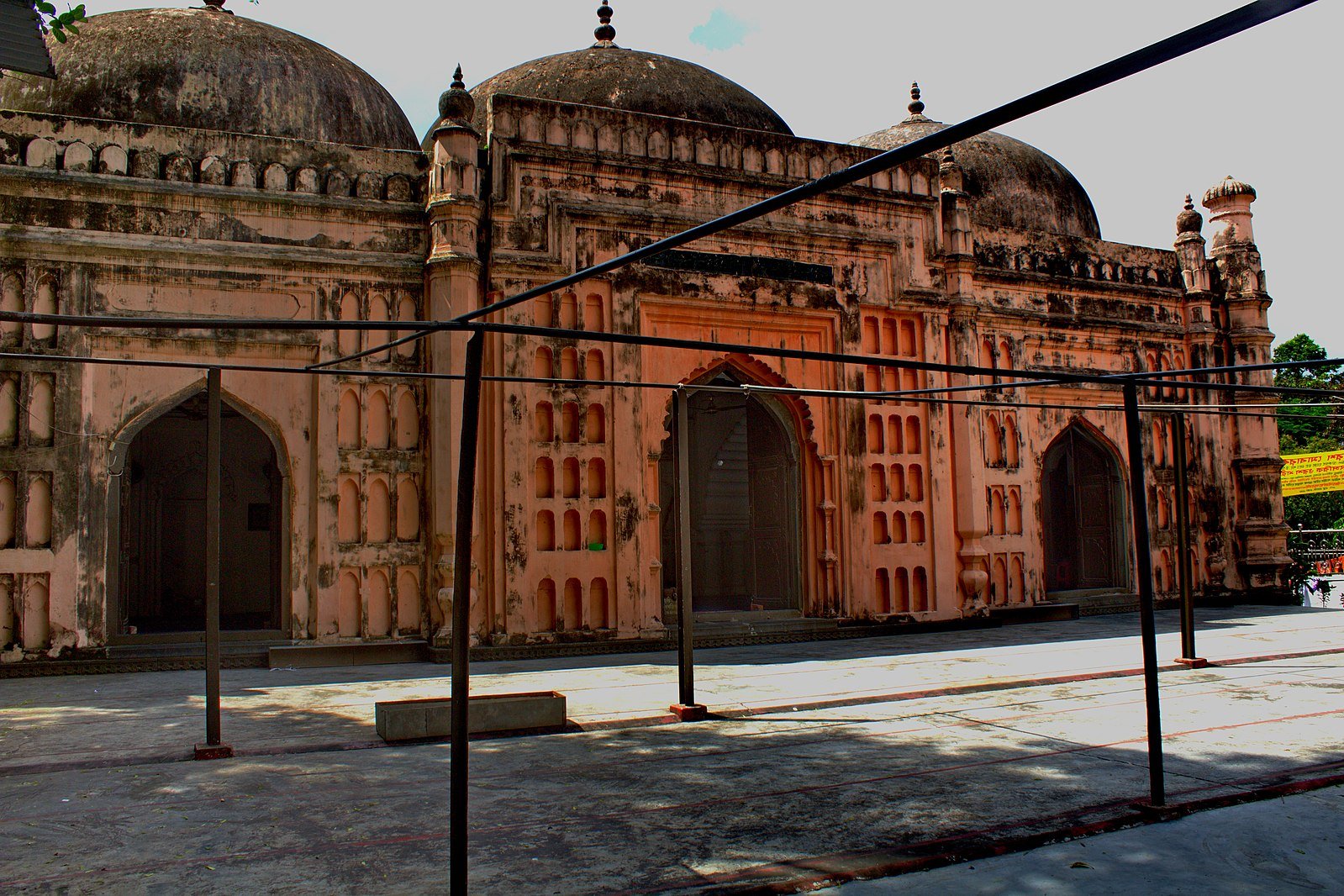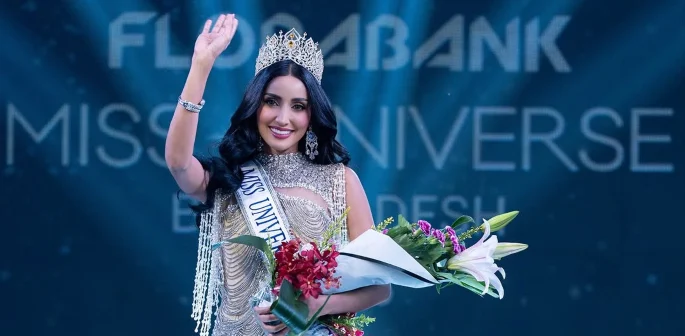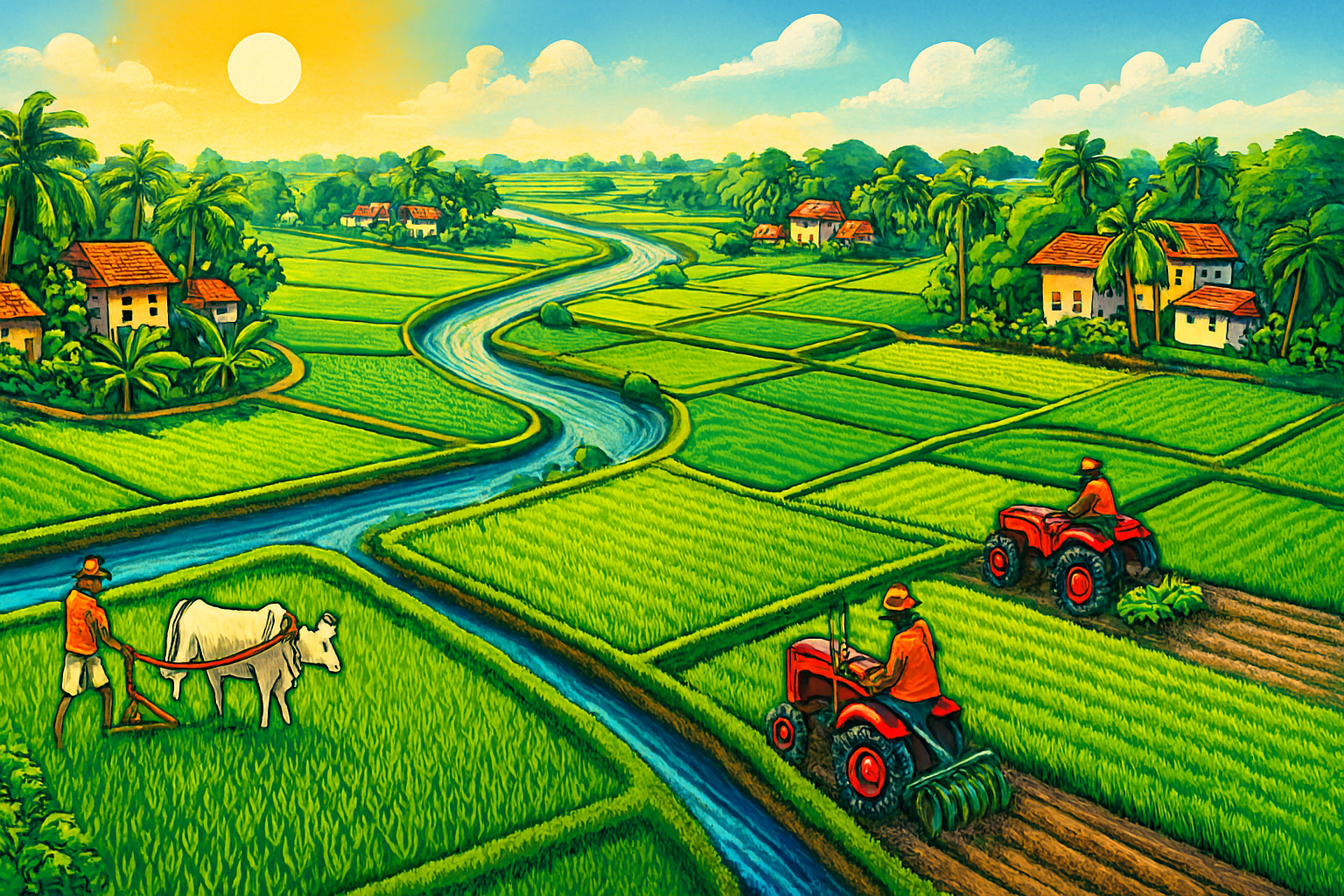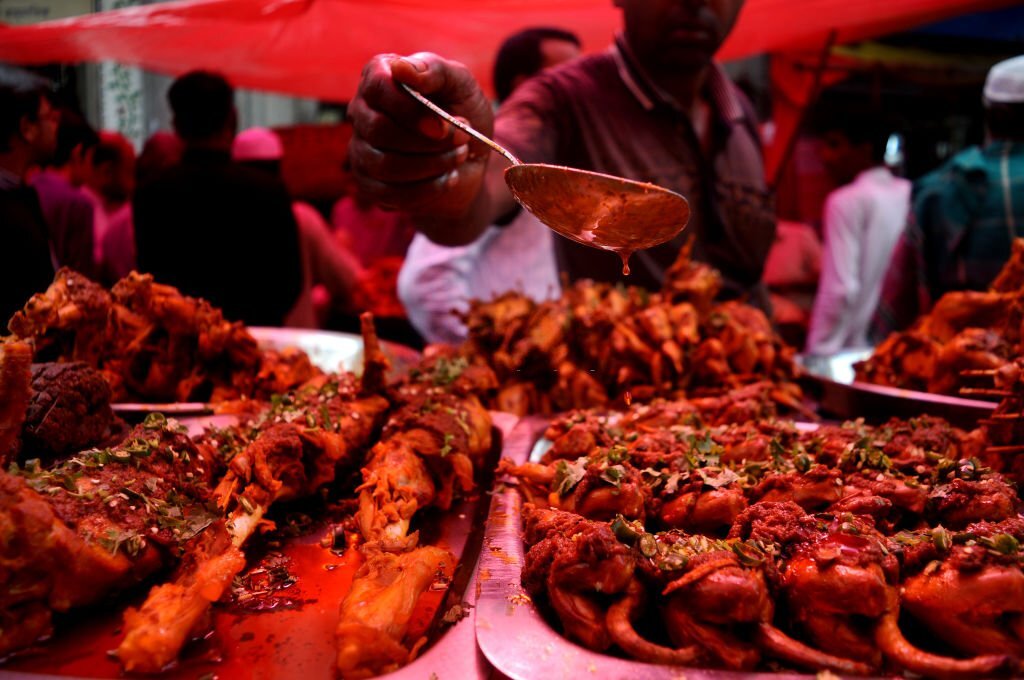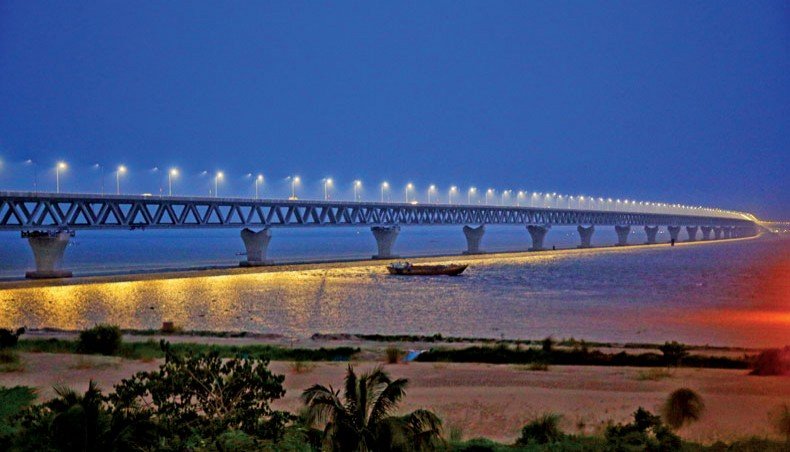The Story of Dhaka City
The vibrant and ever-evolving Dhaka City is not just the capital of Bangladesh; it is the pulse of the nation. With a population exceeding 22 million according to the World Population Review 2025, Dhaka stands as one of the world’s most densely populated and rapidly growing megacities.
Situated on the banks of the Buriganga River, Dhaka has evolved from a small Mughal trading post into a bustling urban center that drives Bangladesh’s economy, politics, and culture. Despite challenges such as congestion and urban pressure, Dhaka remains a city of energy, creativity, and historical depth.
To learn more about Dhaka’s development and growth, you can visit the Dhaka North City Corporation website and the Bangladesh Bureau of Statistics.
The Origins and Early History of Dhaka City
The story of Dhaka City dates back more than a thousand years. Archaeological evidence and historical records suggest that the area was first settled during the 7th century under Buddhist and Hindu rulers. However, Dhaka rose to prominence during the Mughal Empire.
In 1608, when the Mughals made Dhaka the capital of Bengal Subah, it was renamed Jahangirnagar after Emperor Jahangir. This marked the beginning of Dhaka’s golden age. The city became a flourishing center of trade, famous for its fine Muslin textiles, which were exported across Europe and Asia.
During this time, Dhaka was described by foreign travelers as one of the most beautiful and wealthy cities in the East. Historic landmarks such as Lalbagh Fort, Ahsan Manzil, and Hussaini Dalan date back to this period, each reflecting the architectural grandeur and cultural richness of Mughal Bengal.
You can learn more about Dhaka’s Mughal history at Banglapedia, Bangladesh’s national encyclopedia.
Dhaka Under British Colonial Rule
With the fall of the Mughals and the rise of the British East India Company in the 18th century, Dhaka underwent major transformation. The once-glorious capital of Bengal lost its administrative importance to Calcutta (now Kolkata) but remained a key commercial hub.
Under British rule, new administrative buildings, schools, and Christian churches were built. Dhaka College, founded in 1841, became one of the region’s first higher education institutions. During this period, the city’s infrastructure began to modernize, though economic disparity grew as British industrial policies crippled local craftsmanship.
Despite these challenges, Dhaka maintained its cultural vibrancy. It was home to poets, reformers, and educators who played pivotal roles in Bengal’s intellectual revival.
Dhaka During the Pakistan Era
Following the partition of India in 1947, Dhaka became the capital of East Pakistan. This period saw significant political change and social tension. The city was the epicenter of the Language Movement of 1952, where students protested to recognize Bengali as a state language.
The movement’s success became a cornerstone of Bangladeshi identity. The Shaheed Minar, now a national monument in Dhaka, stands as a symbol of this struggle and the spirit of linguistic pride.
Dhaka continued to grow as an administrative and educational hub. By the late 1960s, the city was at the heart of the growing demand for autonomy, leading to the Liberation War of 1971, which eventually gave birth to independent Bangladesh.
The Birth of Modern Dhaka
After Bangladesh’s independence in 1971, Dhaka became the national capital. Over the decades, it transformed into one of the fastest-growing cities in the developing world.
In the 1980s and 1990s, Dhaka experienced rapid urbanization. Rural migration, driven by employment opportunities, swelled the population. Today, Dhaka contributes more than 36 percent of Bangladesh’s GDP, according to the Asian Development Bank (ADB).
The city’s growth has come with both opportunities and challenges. While Dhaka now hosts global companies, modern skyscrapers, and major universities, it also struggles with infrastructure stress, traffic congestion, and air pollution.
For updated urban statistics and policy reports, you can visit UN Habitat Bangladesh and the Asian Development Bank’s Dhaka projects page.
Old Dhaka: The Soul of Tradition
The historic heart of Dhaka City lies in its southern neighborhoods, known collectively as Old Dhaka. With narrow streets, colorful markets, and centuries-old buildings, this area preserves the soul of the city’s past.
Old Dhaka’s charm lies in its contrasts — ancient mosques beside colonial-era mansions, and modern life blending seamlessly with centuries of tradition. The Ahsan Manzil (Pink Palace), once home to the Nawabs of Dhaka, remains one of the city’s most visited landmarks.
Food is another highlight of Old Dhaka. The area is famous for traditional dishes such as Kacchi Biryani, Bakarkhani, and Faluda, especially during Ramadan and Eid celebrations.
Exploring the Buriganga River by boat gives visitors a glimpse of Dhaka’s historic trade routes and cultural energy that still defines its people.
Dhaka’s Cultural Diversity and Heritage
Dhaka’s cultural landscape is as diverse as its people. It is home to several ethnic and religious communities that coexist harmoniously. The city celebrates Eid, Durga Puja, Christmas, and Buddha Purnima, reflecting Bangladesh’s inclusive heritage.
Art and creativity thrive here. Dhaka hosts the world-renowned Dhaka Art Summit, showcasing South Asian contemporary art, and the Dhaka International Film Festival, attracting global filmmakers.
The city’s theaters, universities, and cultural centers—such as Bangladesh Shilpakala Academy and Bangla Academy—continue to nurture new generations of artists, writers, and thinkers.
You can explore upcoming cultural events through the Dhaka Art Summit official website or the Shilpakala Academy portal.
Dhaka Today: A Megacity in Motion
Today’s Dhaka is a city of energy, ambition, and innovation. It stands as a financial and political hub, housing the headquarters of major banks, multinational corporations, and government ministries.
The skyline is constantly evolving, with new bridges, flyovers, and metro systems reshaping transportation. The Dhaka Metro Rail, inaugurated in 2023, has already improved mobility for thousands of commuters daily.
Education and technology are driving forces in modern Dhaka. Universities such as Dhaka University, BUET, and NSU are producing the next generation of professionals fueling the country’s growth.
However, with progress come challenges. The World Bank estimates Dhaka loses nearly 3.2 billion USD annually due to traffic congestion alone. Yet, the government’s Smart Dhaka Initiative aims to integrate technology-driven solutions for better urban management.
For more about urban projects, visit Dhaka Transport Coordination Authority (DTCA).
Green Spaces and Urban Resilience
Amidst the dense concrete, Dhaka is slowly reclaiming green spaces. Projects like Hatirjheel, Gulshan Lake Park, and Ramna Park offer residents recreational escapes. Efforts to clean up canals and rivers are ongoing under the Dhaka Environment and Water Project.
Climate resilience has become a priority. With rising temperatures and frequent floods, urban planners are focusing on sustainable housing, renewable energy, and smart drainage systems to protect the city’s future.
Dhaka’s environmental reforms are guided by frameworks developed by organizations like the World Bank and UNDP Climate Adaptation Projects.
Dhaka City: A City of Heritage and Hope
Dhaka City represents the living story of Bangladesh — from Mughal elegance and colonial struggles to modern-day dynamism. It is a city where history whispers through ancient forts and where skyscrapers rise beside riverbanks.
Despite its struggles with overpopulation and infrastructure, Dhaka continues to embody resilience and progress. It is the heart that beats for the entire nation, reflecting its culture, creativity, and unstoppable spirit.
As Bangladesh moves toward its Vision 2041 goal, Dhaka stands ready to lead that journey, a city built on history but always looking forward to tomorrow.
